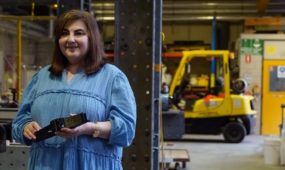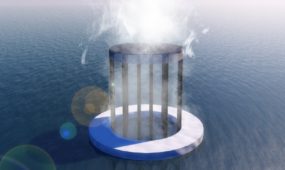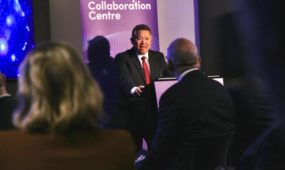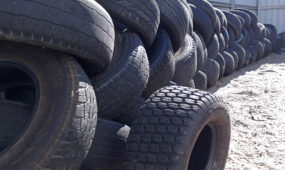Adelaide researchers build on Nobel legacy of X-ray crystallography
Research & Development
RESEARCHERS from the University of Adelaide have developed a new material for examining structures using X-rays without first having to crystallise the substance – continuing more than 100 years of crystallography innovation.

Sign up to receive notifications about new stories in this category.
Thank you for subscribing to story notifications.
It comes almost a century after the father-son team of Sir William Henry Bragg and Sir William Lawrence Bragg won the Nobel Prize for Physics for their work in X-ray Crystallography.
Published today in the journal Nature Chemistry, Associate Professors Christian Doonan and Christopher Sumby of the School of Chemistry and Physics outline their use of a new nanomaterial to study structure.
“Today, crystallography is an area of science that’s still providing new insights into the structures of materials – our new research is a prime example of that. It allows us to study chemical reactions that have just happened, or potentially even while they are still happening, which we can’t do using normal crystallography,” said Sumby.
The nanomaterial they've developed, called a metal-organic framework, binds the metal complex and its chemical reactants in place.
“We can then examine the structures of the reaction products using X-rays without having to isolate the product or grow crystals,” said Doonan.
“We are effectively taking snap-shots of the chemistry, enabling us to study the reaction products in their native state. In this way we can provide structural evidence for the chemical transformations that are taking place.”
Jump to next article



